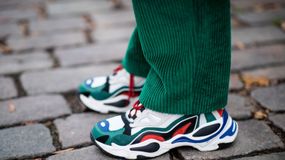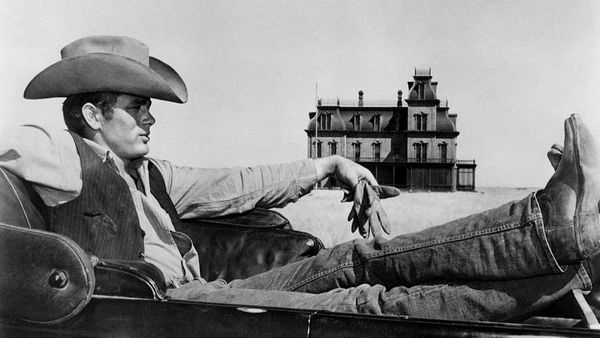
When you think of fabrics associated with royalty, corduroy might not be the first one that comes to mind. But one of corduroy's origin stories tells the tale of a ridged fabric that got its name from the French phrase "corde du roi," which translates to "king's cord."
Its noble French name notwithstanding, corduroy is believed to have English origins. According to Brooks Brothers, it was 18th-century English factory workers we have to thank for the fabric. However, the American retailer alleges that the name stems from combining "cord" in reference to the fabric's rows of ridges and "duroy," which was a contemporary wool fabric. In this story, corduroy was strictly donned by the working class, and its name was similarly derived.
Advertisement
The plot thickens because corduroy is also linked to fustian, a range of fabrics used beginning in the Middle Ages, initially including wool but made of cotton during the 17th century. Some fustians had a "raised nap or pile," and the term is still used today to refer to heavy cotton fabrics, such as corduroy. Another bit of corduroy legend states that the name fustian originated in Egypt where weavers developed a linen and cotton fabric with a raised surface and named it for the city where it was created — Al-Fustāt.
Wherever the name originated, the earliest known corduroy produced in the United States was in Worcester, Massachusetts, in 1780, according to Fairchild's National Directory and Digest, a textile dictionary. Today, the "royal" fabric might conjure up images of Steve McQueen, a staid professor or even Corduroy the Bear, the 1968 department store stuffed animal who needed a button and a friend. Despite waxing and waning — or perhaps warping and wefting — popularity, corduroy has proven itself to have staying power.
"I think it was mostly popular in the 1950s and probably the '60s," says Nancy Riegelman, professor of drawing at Art Center College of Design in Pasadena, California. "It became a cliché when professors used it. It's dressed up but casual. It can look almost elegant, but it always has this casual quality."
Advertisement

